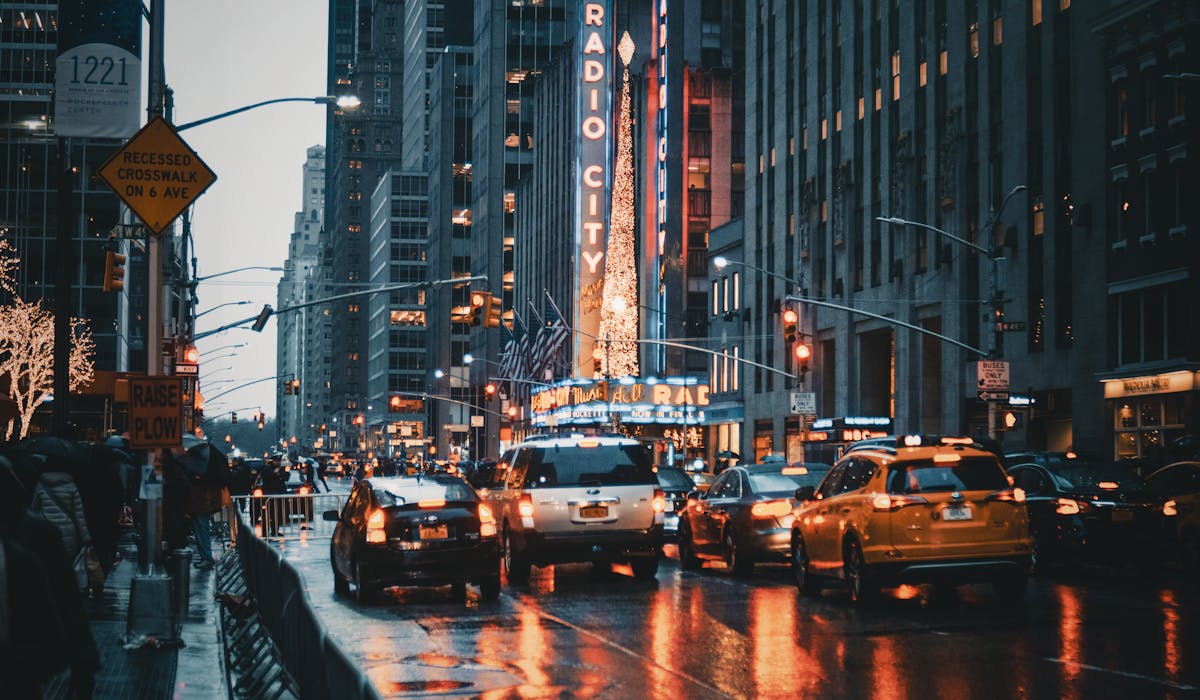The 25-Second Trick For Framing Streets
Table of ContentsThe 5-Minute Rule for Framing StreetsNot known Facts About Framing StreetsFraming Streets Fundamentals Explained6 Easy Facts About Framing Streets ExplainedThe 10-Second Trick For Framing StreetsAbout Framing Streets
Digital photography style "Crufts Pet dog Show 1968" by Tony Ray-Jones Street photography (also sometimes called candid digital photography) is photography conducted for art or inquiry that includes unmediated opportunity encounters and arbitrary events within public areas, generally with the goal of catching photos at a crucial or emotional moment by mindful framing and timing. 
7 Simple Techniques For Framing Streets
Susan Sontag, 1977 Road photography can concentrate on people and their actions in public. In this regard, the street photographer is similar to social documentary photographers or photographers that likewise work in public places, yet with the purpose of capturing newsworthy events. Any of these photographers' pictures may record people and home noticeable within or from public areas, which frequently requires browsing honest issues and legislations of privacy, security, and building.
Representations of day-to-day public life create a category in practically every period of world art, starting in the pre-historic, Sumerian, Egyptian and very early Buddhist art durations. Art managing the life of the road, whether within views of cityscapes, or as the dominant concept, shows up in the West in the canon of the Northern Renaissance, Baroque, Rococo, of Romanticism, Realistic look, Impressionism and Post-Impressionism.
Indicators on Framing Streets You Should Know
Louis Daguerre: "Boulevard du Holy place" (1838 or 1839) In 1838 or 1839 the first photograph of figures in the road was taped by Louis-Jacques-Mand Daguerre in one of a set of daguerreotype views extracted from his studio home window of the Boulevard du Holy place in Paris. The second, made at the height of the day, reveals an unpopulated stretch of street, while the various other was taken at regarding 8:00 am, and as Beaumont Newhall records, "The Boulevard, so constantly loaded with a moving bunch of pedestrians and carriages was perfectly singular, except an individual that was having his boots cleaned.
, who was influenced to embark on a comparable documents of New York City. As the city developed, Atget assisted to advertise Parisian streets as a worthy subject for photography.

All About Framing Streets
Andre Kertesz.'s extensively appreciated Images la Sauvette (1952) (the English-language version was labelled The Crucial Minute) advertised the concept of taking a photo at what he described the "crucial minute"; "when type and web photography presets content, vision and make-up merged into a transcendent whole" - Street photography hashtags.
The smart Trick of Framing Streets That Nobody is Discussing
The recording device was 'a surprise cam', a 35 mm Contax concealed under his coat, that was 'strapped to the chest and attached to a long cord strung down the ideal sleeve'. Nevertheless, his job had little contemporary impact as as a result of Evans' sensitivities concerning the originality of his task and the personal privacy of his subjects, it was not released until 1966, in guide Numerous Are Called, with an intro composed by James Agee in 1940.
Helen Levitt, then an instructor of young kids, related to Evans in 193839. She documented the temporal chalk drawings - Lightroom presets that belonged to children's road society in New York at the time, in addition to the children who made them. In July 1939, Mo, MA's new digital photography section consisted of Levitt's job in its inaugural exhibitionRobert Frank's 1958 book,, was substantial; raw and typically out of emphasis, Frank's photos questioned traditional digital photography of the moment, "challenged all the formal guidelines set by Henri Cartier-Bresson and Pedestrian Evans" and "flew in the face of the wholesome pictorialism and sincere photojournalism of American magazines like LIFE and Time".